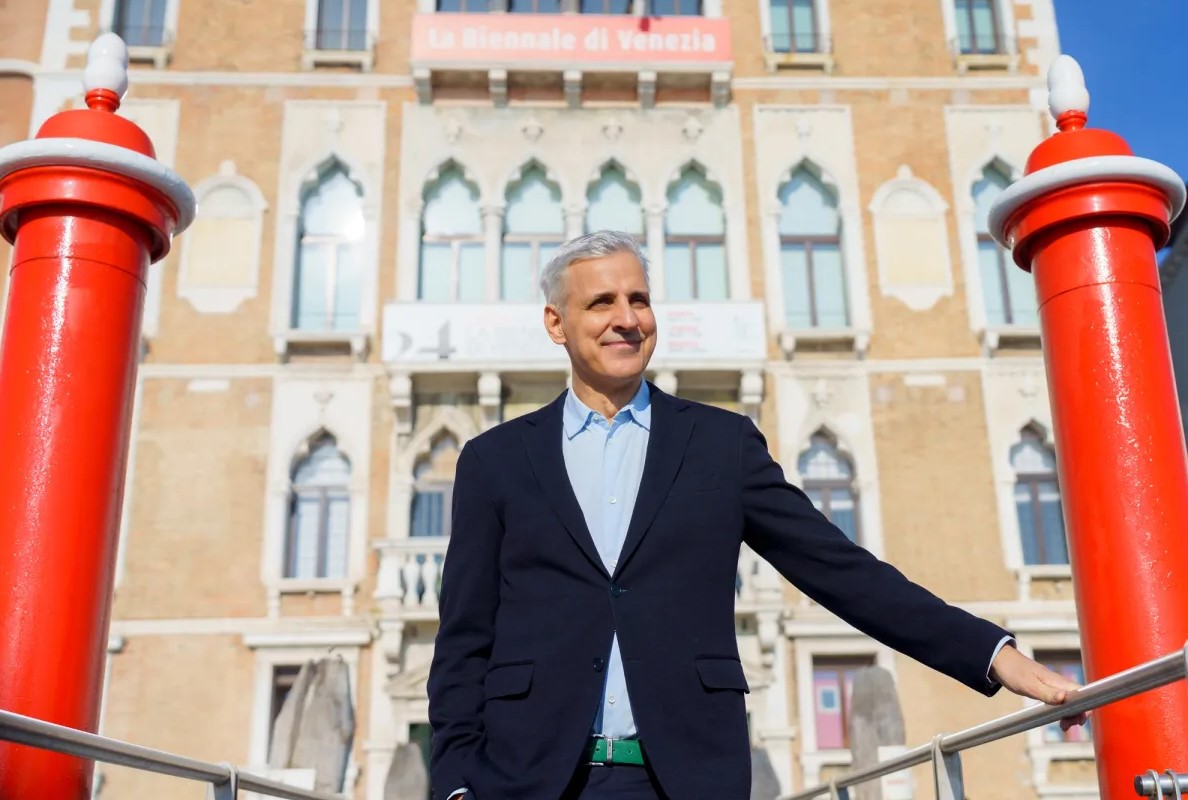Every time new photos or videos of the Titanic’s wreck are shown, the legend of its fateful maiden voyage reawakens people’s curiosity about what really happened to the ship and its passengers’ fate. This is the story of one of them, Masabumi Hosono, a Japanese gentleman, and how the ambiguities and pitfalls hidden in different cultures, in his case Japan and the Western world, can deeply affect a life.
A Japanese Gentleman
Masabumi Hosono was born on 15 October 1870 in the village of Hokura. In 1896, having graduated from the Tokyo Higher Commercial School he joined the Mitsubishi Joint Stock Company. The following year, he left the company to work as a cargo clerk at the Shiodome Freight Terminal in Tokyo. In 1906, he completed a Russian language course at the Tokyo Language School and became a manager in the Accounting Division of the Imperial Railroad Office the following year. He then became a railroad director. In 1910, Hosono, working for the Ministry of Transport, was sent to Russia to research the Russian state railway system. His journey back to Japan took him first to London, where he stayed for a short time, then to Southampton where he boarded Titanic on 10 April 1912 as a second-class passenger.
Hosono account’s
According to his account of the disaster, he was woken by a knock on his cabin door. However, since Hosono was considered a foreigner, he was sent towards the lower decks, away from the lifeboats. While preparing for his final moments, a chance appeared for him to survive when an officer loading a lifeboat said there were two available seats. One man jumped at the chance and stepped forward. Hosono initially hesitated. “I myself was plunged into desolation at the thought of not being able to see my beloved wife and children again since there was no other solution for me than to share the same destiny as the Titanic,” Hosono wrote in a letter to his wife in the days after the disaster. “But the example of the first man to jump pushed me to take this last chance.” So, he jumped, ensuring his survival. He became one of the Titanic’s 700 survivors, while 1,500 perished.

The Criticism
Musubomi Hosono was met with harsh criticism from the Japanese press, which condemned men who lived as cowardly and praised the bravery of those who died. According to a Japanese paper, he was shamed for not adhering to the “women and children first” principle and avoiding an honourable death. Hosono was subjected to what the Japanese refer to as “mura hachibu,” or social ostracism. He lost his job in 1914, the Associated Press reported. Despite being rehired part-time, the stigma followed him for the rest of his life. Hosono lived in quiet shame as a recluse until his death from natural causes in 1939. Even upon his passing, mention of the Titanic had been forbidden in his home.
Mosobumi Hosono’s story becomes therefore emblematic of how different cultures can drive the perception of facts. Japanese culture did not have at the time, the ethics of ‘’women and children first’’ in case of danger. The Japanese public had learned it from a book called ‘’Self help’’ by the English writer Samuel Smiles. The Japan of the beginning of the 20th century was rapidly modernising, and ‘’westernizing’’ itself. It was therefore felt that the Japanese would have to be seen sharing the (new) Western standards and Masabumi Hosono story was the perfect occasion! After all even Masabumi Hosono, in his photo, seems to want to look like the ‘’perfect gentleman’’.
The Movie
The release of the film Titanic in 1997 offered Hosono’s grandson the opportunity to bring the story back, releasing new documents, including a letter Masabumi had written to his wife on Titanic’s stationery, offering a more balanced view of what had happened in those terrifying moments and helping, therefore, to rehabilitate, finally, his grandfather’s memory.
Hosono’s grandson, Haruomi Hosono, is a world-famous musician and co-founder, together with Ryuichi Sakamoto, of the famous Yellow Magic Orchestra.




